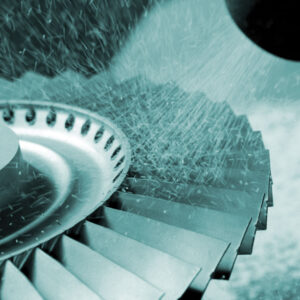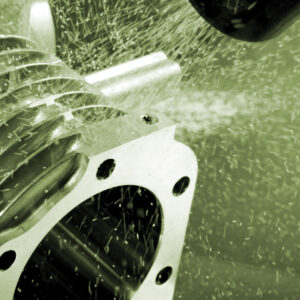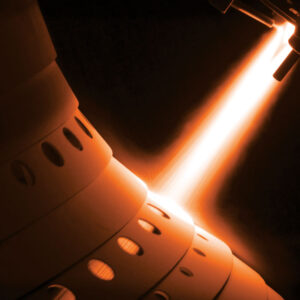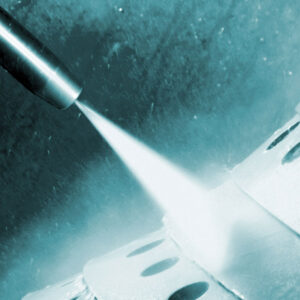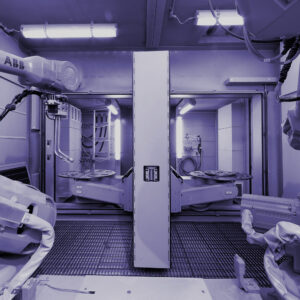What is Shot Peening?
Home / What is Shot Peening?
What is Shot Peening?
Shot peening is a metalworking process that enhances the surfaces of a variety of different materials.
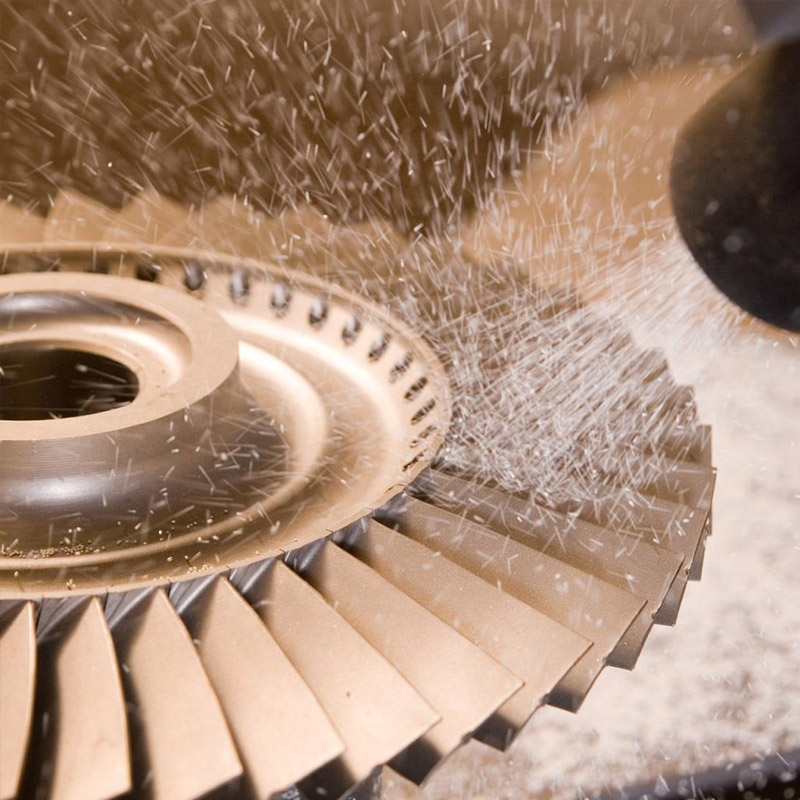
Why Use Shot Peening?
Various manufacturing processes used throughout the aerospace, aircraft, automotive, energy, and heavy equipment industries can produce tensile stresses on the surface of components. These processes include milling, turning, drilling, welding, severe grinding, heat treating, bending, and forming. The tensile stress left behind on the surface provides a perfect environment for a cracking or stress corrosion to start forming, reducing the life of these components. Shot peening replaces the tensile stress on the surface with a compressive layer. The compressive layer stops the fatigue cracks and stress corrosion that typically start at the surface of the part.
How Does Shot Peening Work?
Shot peening is performed by accelerating spherical media toward the surface of a part. When the media hits the part, a small dent is formed, stretching the surface. The material surrounding that dent resists this, and creates an area of compressive stress. When the surface of the part has these small dents all over the surface, there is a continuous layer of compressive stress on the surface of the part, which replaces the tensile stress on the surface.
The Birth of Modern Shot Peening
Shot peening has been used successfully for many years. Although skilled trades realized the benefits of this coldworking process long ago, modern shot peening has been used widely only since the 1930s. In 1945 a method to measure the intensity of shot peening was patented by John Almen, considered by many to be the father of modern shot peening. His patent uses a thin metal strip, now called an Almen Strip, and an arc measurement device called an Almen Gage to assign a value to the intensity of the shot hitting the part. An Almen Strip is held down on a flat block with four screws; when the strip is shot peened, a compressive stress is placed into the surface of the strip. When the strip is removed from the block, the strip arcs because the thin cross-section cannot resist the stress placed into the surface of the strip. This arc is measured with an Almen Gage.
How to Read an Almen Strip
A saturation curve plots Almen strip arc heights vs. exposure time on a graph. The saturation curve is generated by exposing the Almen strip to the shot stream for varying amounts of time. When the arc height is plotted against time, the intensity of the shot stream can be determined by evaluating the first point (or ‘intensity’) on the best fit line where, when the exposure time is doubled, there is a 10% increase in arc height. This system of quantifying the intensity of the shot stream helps assure that manufacturers from around the world can replicate a given shot peening process.
Shot peening improves the life of many different parts, including:
- aircraft wheels
- camshafts
- coil springs
- compressor airfoil and roots
- compressor disks
- connecting rods
- crankshafts
- landing gear
- leaf springs
- ring and pinion gears
- spur gears
- turbine disks

